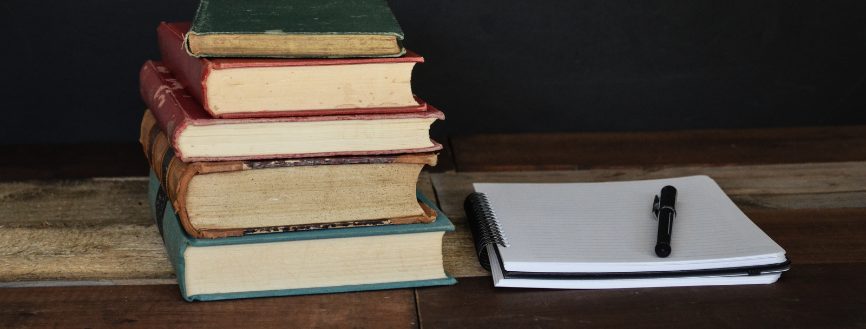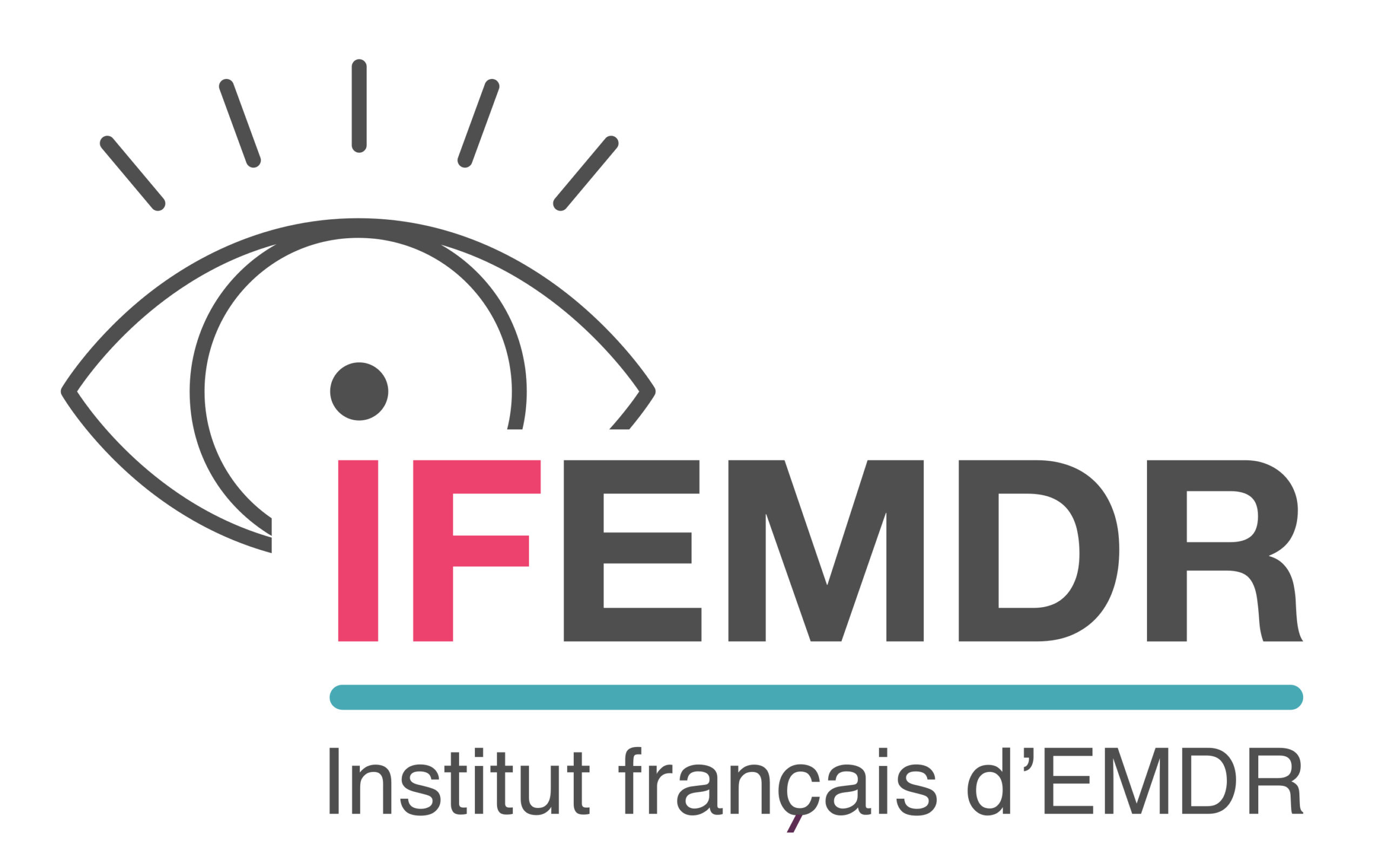
Bibliographie Trauma précoce, Attachement et EMDR
Mis à jour le 29 décembre 2022
Une bibliographie Trauma précoce, Attachement et EMDR, proposée par Annie Delplancq
Bibliographie
- AINSWORTH M., BLEHAR M., WATERS E., Wall S. (1978). Patterns of Attachment : A Psychological Study of the Stange Situation. Hillsdale, New Jersey, Lawrence Erlbaum Associates.
- BEGUE F. (2013). Neuropsychiatrie de l’enfance et de l’adolescence, 61.
- BOLAND C., DELPLANCQ A. (2017). CD : Du mal de mère au vague à l’âme. Louvain-La-Neuve, Lenvol-adoption.
- BOWLBY J. (1969). Attachment and loss, Volume 1: Attachment. London, Hogarth Press and the Institute of Psycho-Analysis.
- BOWLBY J. (1988). A secure base: Parent-child attachment and healthy human development. New York, Basic Books.
- CYRULNICK B. (1999). Un merveilleux malheur, Paris, Odile Jacob
- CYRULNIK B. (2004). Les Vilains Petits Canards, Paris, Poche Odile Jacob.
- CYRULNICK B. (2010). Mourir de dire : La honte, Paris, Odile Jacob.
- DELAGE M. (2013). La vie des émotions et l’attachement dans la famille, Paris, Odile Jacob.
- DELLUCCI H. (2009). EMDR Letters. Papier présenté à la 10ième Conférence EMDR Europe, Amsterdam, Pays Bas.
- DELLUCCI H. (2010). No matter how slow you go, as long as you don’t stop : A six gear mechanics for a safe therapy journey through complex trauma. Poster présenté au 11ième Congrès EMDR Europe à Hambourg, Allemagne et au 1er Congrès EMDR Asie à Bali, Indonésie.
- DELLUCCI H. (2014). Getting rid of Transgenerational Trauma through EMDR. Communication orale présentée à la 15ième Conférence EMDR Europe à Edinbourg, Ecosse.
- DELLUCCI H., Bouvier G., Brennstuhl M-J. (2019) La Boîte de Vitesses – Modèle Bi-Axial pour un traitement EMDR intégratif dans la prise en charge de Traumatismes Complexes et Chroniques. In : Tarquinio, C., Brennstuhl, M.J., Dellucci, H., Iracane, M., Rydberg, J.A., Silvestre, M., Tarquinio, P. & Zimmermann, E. Aide-Mémoire EMDR en 46 fiches. Paris : Dunod
- DELLUCCI H. (2017). La Boîte de Vitesses : une structure de traitement EMDR intégrative. S’adapter sans se perdre dans la thérapie à travers un paysage de traumatisations complexes et chroniques.In : Tarquinio, C. Brennstuhl, M.J., Dellucci, H., Iracane, M., Rydberg, J.A., Silvestre, M. & Zimmermann, E. Manuel de Psychothérapie EMDR : introduction et approfondissement pratique et psychopathologique. Paris: Dunod.
- DELLUCCI H., (2019) Le protocole des lettres – Une méthode douce permettant le retraitement de traumatismes relationnels. In : Tarquinio, C., Brennstuhl, M.J., Dellucci, H., Iracane, M., Rydberg, J.A., Silvestre, M., Tarquinio, P. & Zimmermann, E. Aide-Mémoire EMDR en 46 fiches. Paris : Dunod
- DELLUCCI H. (2017b). « Le Protocole des lettres. Retraiter en douceur des ‘ affaires relationnelles non terminées’ ». In : Tarquinio C, Brennstuhl MJ, Dellucci H, Iracane M, Rydberg JA, Silvestre M & Zimmermann E. Pratique de la Psychothérapie EMDR : Introduction et approfondissements pratiques et psychopathologiques. Paris, Dunod.
- DELPLANCQ A. (2019). « L’EMDR et les histoires narratives en adoption ». In Tarquinio C., Brennstuhl M.J., Dellucci H., Iracane M., Rydberg J.A., Silvestre M., Tarquinio P. & Zimmermann E. Aide-Mémoire EMDR en 46 fiches, Paris, Dunod.
- DOZIER M., HIGLEY E., ALBUS K. & coll (2002b). Intervening with foster infant’s caregivers, targeting three critical needs. Infant Mental Health Journal, 23, 541-554.
- DUFOUR D. (2007). La blessure d’abandon, Montréal, Les Editions de l’Homme.
- FONAGY P., GERGELEY G., JURIST E., TARGET M. (2002). Affect regulation, mentalization and development of self. New York, Other Press.
- HAMEL J. (2010). L’Art-thérapie somatique, Montréal, Québecor.
- HAYEZ J.Y. (1995). Un jour, l’adoption, Paris, Fleurus.
- JERNBERG A., BOOTH P. (2014). Theraplay. Une nouvelle thérapie par le jeu basée sur l’attachement, Louvain-La-Neuve, de boeck.
- LECANUET J.P. (1995). « L’éveil des sens », Science et vie hors-série,n° 190, mars, p.124-131.
- LEMIEUX J. (2013). La normalité adoptive, Montréal, Québec Amérique.
- LEVINE P. (2014). Guérir par-delà les mots, Paris, InterEditions.
- LIOTTI G. (1999) « Disorganisation of attachment as a model for understanding dissociative psychopathology », in Solomon J. and George C. (Ed.) Attachment Disorganisation, New York, Guilford Press.
- LOVETT J. (1999). Small Wonders, New York, The Free Shop.
- MAIN M. (1993). « Métacognitive knowlegde, metacognitive monitoring, and singular (coherent) vs multiple (incoherent) model of attachment : Finding and directions for future research », in Murray-Parkes C.M., Stevenson-Hinde J. et Morris P. (dir.), Attachmnt Across the Life Cycle. London, Routlegde.
- NOEL L. (2003). Je m’attache, nous nous attachons, Montréal, Sciences et Culture.
- OGDEN P., MINTON K., PAIN C. (2006). Trauma and the body. New York, W.W. Norton & Company,
- O’SHEA K. M. K. (2009a). « The EMDR early trauma protocol ». In R. Shapiro (Ed.) EMDR Solutions II: for Depression, Eating Disorders, Performance and More. New York, W. W. Norton & Company.
- O’SHEA K. M. K. (2009b). « EMDR friendly preparation methods ». In R. Shapiro (Ed.) EMDR Solutions II: for Depression, Eating Disorders, Performance and More. New York, W.W. Norton & Company.
- O’SHEA K. (2009). Ms et Sandra Paulsen, Ph.D. www.emdr-belgium.be
- SCHOFIELD G., BEEK M. (2006). Attachment Handbook for Care and Adoption. London, BAAF.
- SIEGEL D. (1999). The developing mind. New York, Guilford Press.
- SIEGEL D. (2001). “Toward an interpersonal neurobiology of the developing mind: Attachment relationships, “mindsight”, and neural integration”. Infant Mental Health Journal, 22(1), 67-94.
- SUNDERLAND M. (2001). Using Story Telling as a Therapeutic Tool with Children. London, Speechmark Publishing Ltd.
- TINKER R., WILSON S. (1999). Through the Eyes of a Child : EMDR with Children. New York, Norton.
Aller plus loin
Formation(s) : Trauma précoce, Attachement et EMDR
Dossier(s) : EMDR avec les familles, EMDR avec les enfants et adolescents,



